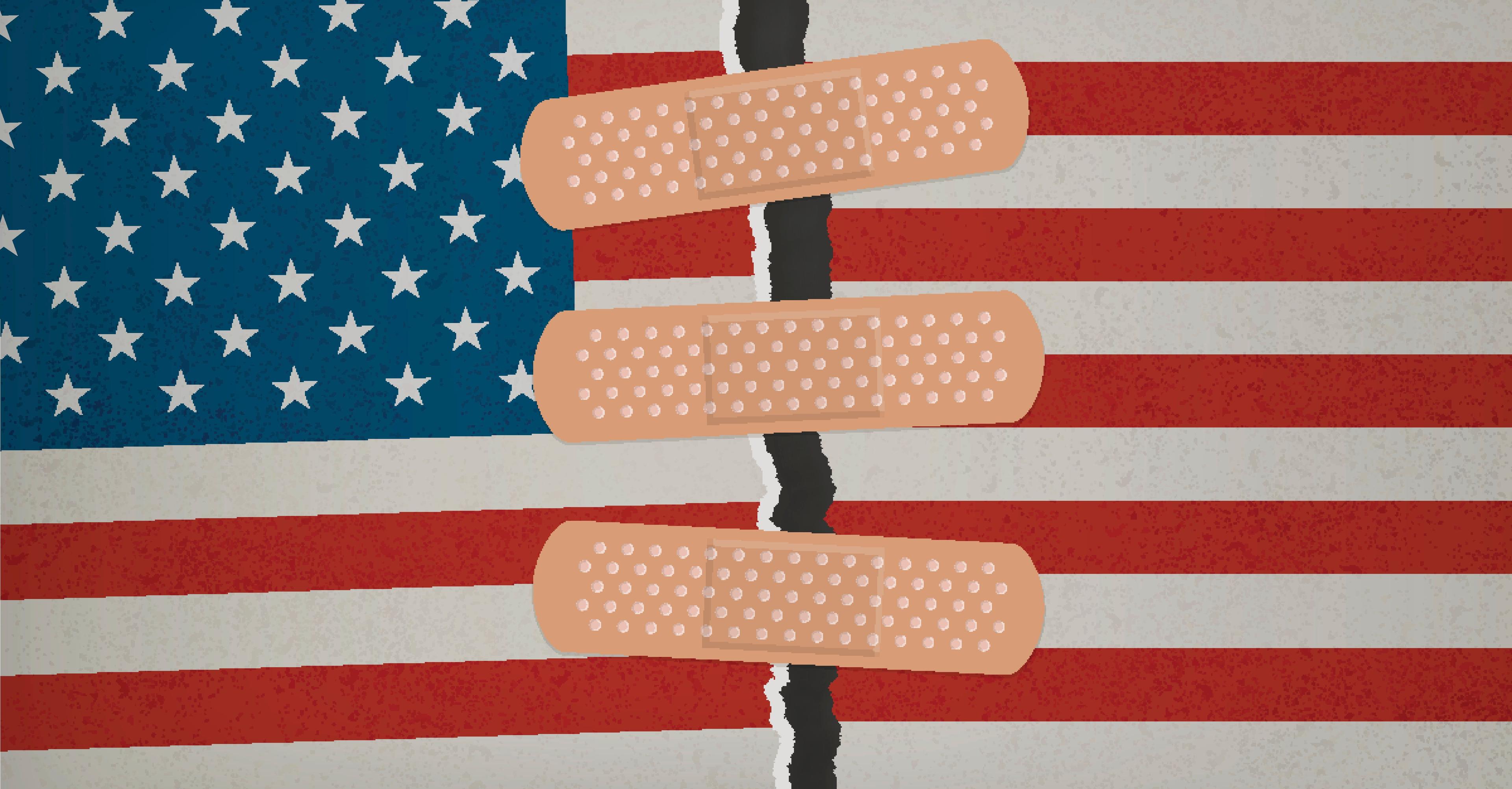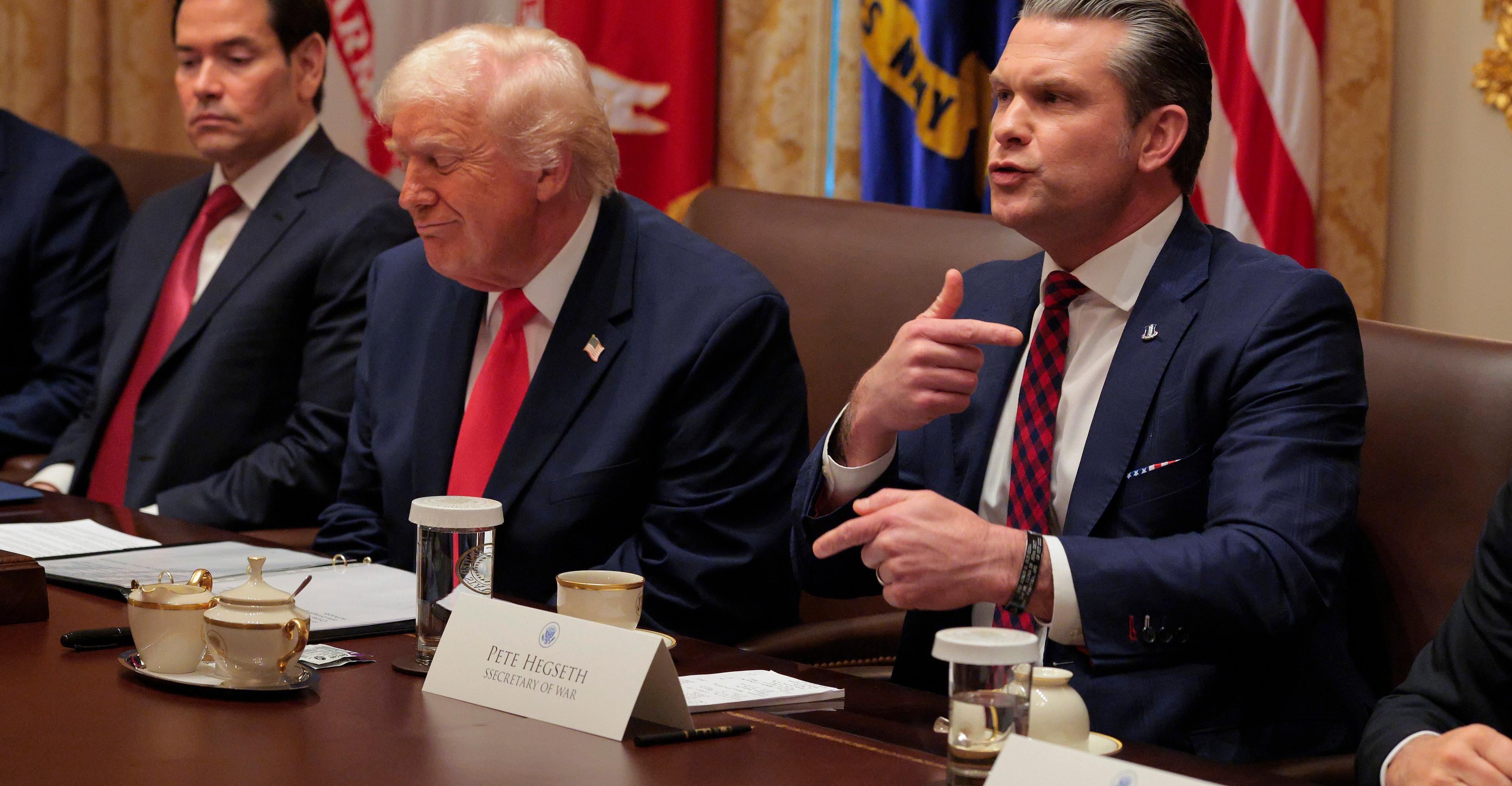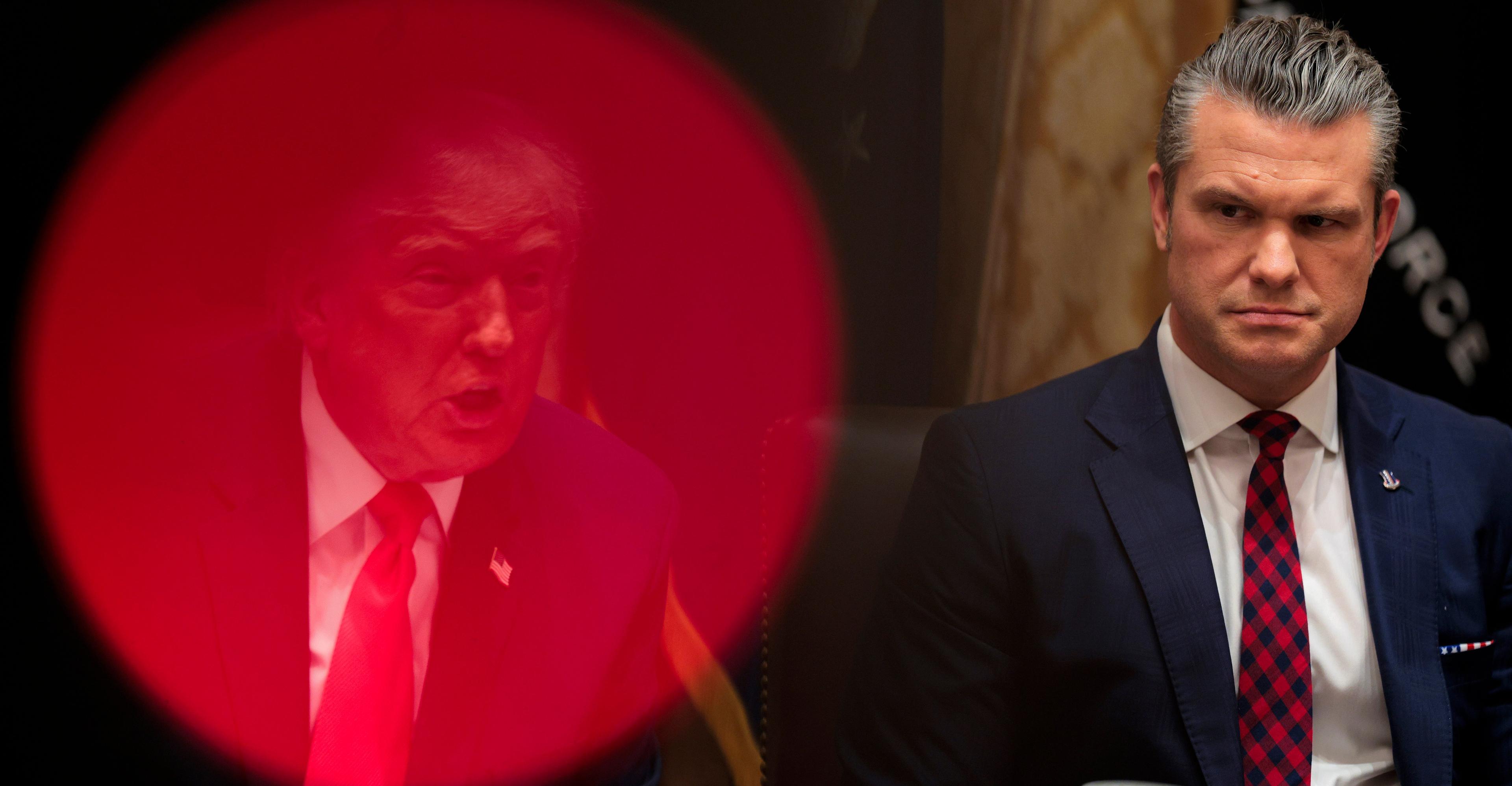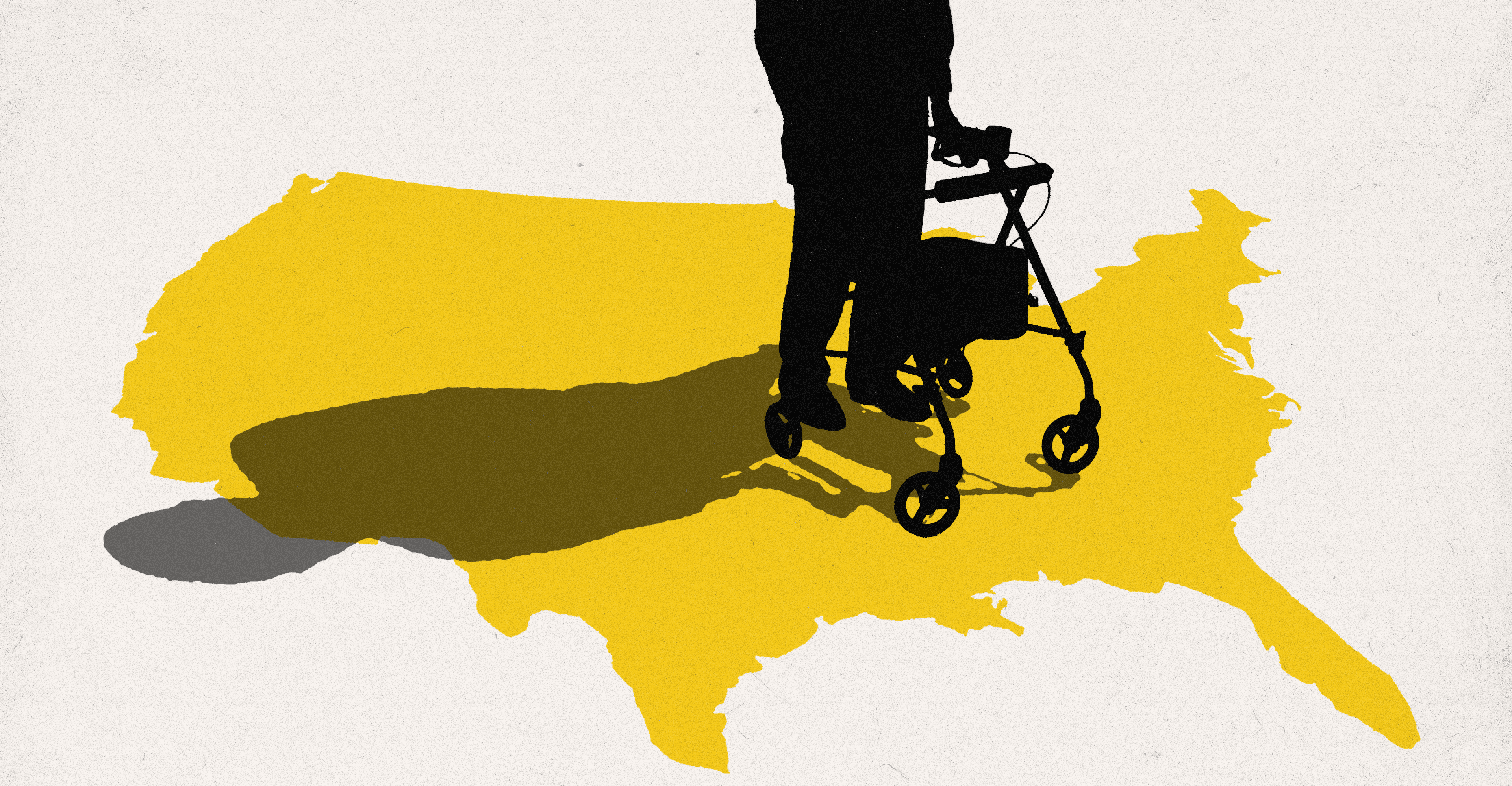The mistakes of Covid and mpox inform a new plan to invigorate African public health.


In the summer of 2022, the US was confronted with the last thing it needed after two years of Covid-19: another public health emergency. For the first time ever, mpox, then commonly called monkeypox, was spreading widely in developed countries.
At the height of that outbreak, the US was reporting nearly 500 new daily cases of the virus, which can cause severely painful rashes and, in a small percentage of cases, death. But developed nations quickly stamped out the outbreak with effective testing and vaccines. In May 2023, the World Health Organization declared the global mpox emergency over.
But around the same time, the first known sexual transmission of a deadlier version of mpox was beginning in the Democratic Republic of Congo (DRC), where the virus circulates regularly but usually through less transmissible means, such as animal bites or eating contaminated food.
Over the last year, the DRC, a country of more than 110 million people in central Africa, registered more than 12,500 suspected mpox cases and 581 suspected mpox deaths — both all-time highs. The culprit was mpox clade I, which has a higher fatality rate than the clade IIb that circulated in the US and other places around the world in 2022. Before April 2023, sexual transmission of clade I had never been documented; now, mpox has been detected in parts of the DRC where it has never been seen before. The World Health Organization is warning again about the possibility of worldwide spread.
An existing mpox vaccine, which is widely available in the US, could stop transmission of this strain — but it is nowhere to be found in the DRC. Bavarian Nordic, the manufacturer, has blamed bureaucratic hurdles for the failure to provide doses to the DRC and other African nations. The vaccine has not technically been approved by local regulators, and the company says it wants assurances about liability before selling or donating vaccines there.
Victims of vaccine nationalism
This experience echoes, on a smaller scale, what African nations endured during the Covid-19 pandemic. In 2021 and 2022, as Covid vaccines were being widely distributed in wealthier nations, African countries were largely left behind. By April 2022, more than half of the world’s population had been fully vaccinated, while only about 15 percent of Africans were. With no Covid vaccine manufacturing capability of its own, the continent was dependent on importing vaccines from wealthier nations that hoarded doses for their own citizens. Covax, an international campaign to bring vaccines to lower-income countries, has been held back by a lack of funding and other logistical challenges.
During both Covid and the current mpox outbreak, the African public health response has been constrained by “limited research and development capacity, a complex trade-intellectual property regime which hinders the ability of manufacturers in Africa to produce available vaccines,” Nelson Aghogho Evaborhene, a vaccinology expert at the University of the Witwatersrand in South Africa, told me.
Africa produces only 1 percent of the vaccines routinely used there, a situation that reflects the priorities of the humanitarian interventions funded by wealthy nations. Foreign-backed public health initiatives have historically focused on alleviating specific disease outbreaks — think of the international response to Ebola in 2014 — rather than broadly strengthening local health systems on the continent.
“What this has meant is that Africa has to rely largely on donations, which are at the whims of donors,” said Evaborhene. “It is a recurrent event. From HIV/AIDs in the 1980s to the [Covid] pandemic.” And that international aid appears increasingly precarious, as I reported earlier this month, as Western countries contend with resurgent nationalism and retreat from global health collaborations.
Africa’s new normal
As the global health community adjusts to a post-pandemic normal and attempts to draw lessons from the past few years, this should be one of the big ones: A strategy centered on developed countries propping up disease-specific programs is not the best way to make developing nations resilient against public health threats. The focus should be instead on building in-country institutions that can adapt to future health emergencies.
These ideas are not new to people in low-income countries, but recent events have strengthened their resolve to become self-sufficient. In 2017, in the wake of that devastating Ebola outbreak, African leaders called for a new public health order on the continent — one that would prioritize building the capacity of local health authorities. In 2022, fresh off their frustrating encounter with the West’s vaccine nationalism, the African Union’s leadership announced a commitment to a systemic overhaul of the continent’s public health capabilities.
The New Public Health Order for Africa, a roadmap for building a self-sufficient public health system, represents an attempt, Evaborhene told me, to right past wrongs. This strategy calls for:
A strengthened African CDC. This agency, formerly housed within the African Union, was officially redesignated as an autonomous organization last year. Under this new governance, its director general will be authorized to directly deploy staff and resources during a health crisis. A more robust vaccine manufacturing sector. In the Covid and mpox outbreaks, African countries have depended on wealthy nations to donate vaccines — and often been left short of doses as a result. The new public health order aims to produce 60 percent of the vaccines that Africa needs by 2040. More public health investment. In 2001, African Union members committed to spending at least 15 percent of their national budgets on health — to build disease surveillance systems, train more public health workers, establish more health manufacturing, and more. To date, only two countries (South Africa and Cape Verde) have met that target. To avoid remaining dependent on increasingly uncertain foreign aid, African governments will have to find more money for domestic public health initiatives.Because borders between African nations are relatively permeable, the new public health order calls for a transnational approach. The current outbreak of mpox in central Africa, which could be exacerbated by cross-border travel, reflects the urgency of that shift.
Why Africa’s health matters for the world
Creating a more robust, self-sufficient public health infrastructure in Africa will be a decades-long project. This is a pivotal period for the continent: Its population is expected to roughly double by 2050, and with life expectancy increasing, its health challenges are evolving. While infectious disease remains a paramount concern, diseases associated with aging, like heart disease and cancer, will create increasing demand on African countries’ health systems.
In the shorter term, the Africa CDC declared in its 2023-2027 strategic plan that it will focus on strengthening primary care and on expanding countries’ surveillance systems to better monitor for diseases. Other priorities include developing preparedness plans for disease outbreaks and enhancing the continent’s laboratory capabilities. Currently, fewer than 5 percent of Africa’s labs have full capacity to diagnose diseases of high concern, to transport specimens safely, and to adhere to international safety standards.
The strategic plan also emphasizes the need for more local research to inform public health responses and identify potential treatments. “Investing into strengthening clinical research capacity in outbreak-prone areas beyond frontiers is not only an essential integral part of the preparedness strategy, but also a way to help low-resource countries build the agency to deal with locally relevant priority health issues,” an international group of scientists argued this month in the journal PLOS Neglected Tropical Diseases.
These are the same principles that undergird the new African public health order. The continent has made tremendous progress over the last generation in the fight against HIV/AIDS, but the past few years of public health emergencies have revealed the remaining weaknesses in its public health infrastructure. The coming years will test whether Africa is able to forge a new, self-sustaining path in public health.
A version of this story originally appeared in the Future Perfect newsletter. Sign up here!

Gold prices plunge in Pakistan, global markets
- 11 hours ago

Blame Republicans for our health insurance mess
- 21 hours ago

The alarming rise in antibiotic use by the meat industry
- 21 hours ago

The Kennedy Center Honors continue Trump’s vengeance on liberal Hollywood
- 21 hours ago
A great night for Kent, but another stain on the Hall of Fame
- 11 hours ago
Pakistan Army remains focused on internal, external challenges: Field Marshal
- 12 hours ago
Erdogan warns Black Sea should not be ‘area of confrontation’ after strikes
- 11 hours ago

Anti-state elements to be held accountable: Kh Asif
- 7 hours ago

Tremors felt in Balochistan's Barkhan, surroundings
- 7 hours ago

Donald Trump reminds the entire world he has no idea what 6G means
- a day ago
Renowned motorcar stuntman Sultan Golden breaks two world records
- 8 hours ago

3 theories that explain Trump’s collapsing support
- 21 hours ago








